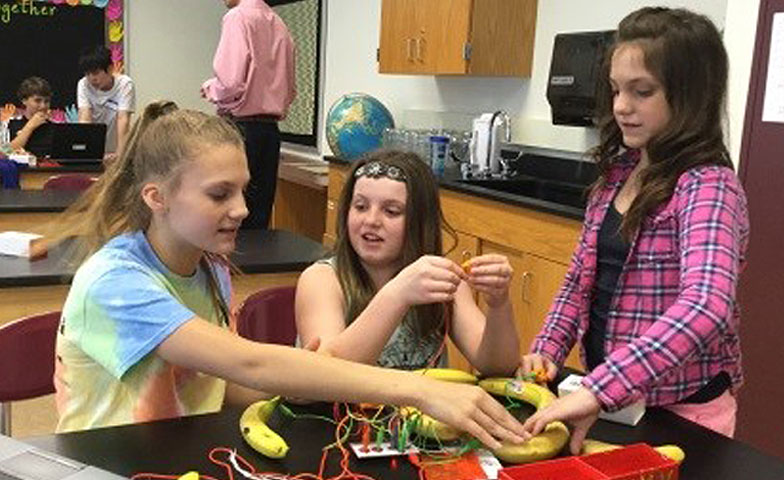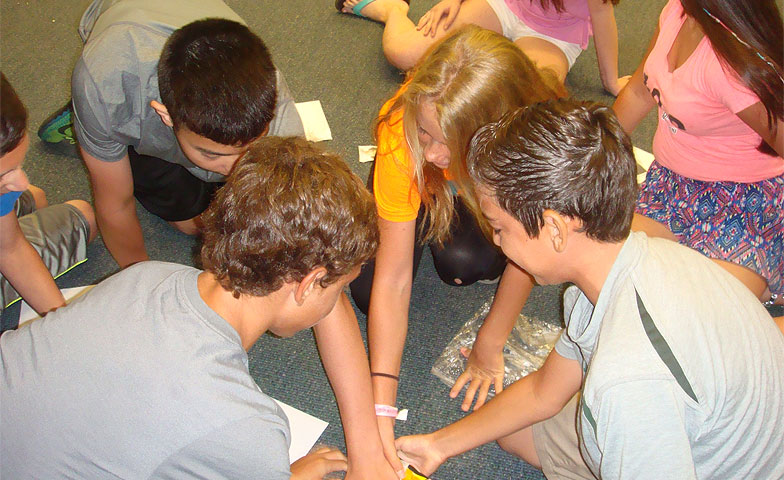
Providing students with opportunities to explore, wonder, and discover. Mini-Course Day As I began teaching a thoughtfully designed lesson on conductors and insulators, I was met with blank stares and compliant students, patiently waiting me out. If they weren’t such compliant young people, they might have said, “Really, is this necessary? Can we start learning
Read More… from Tinkering to Learn: A Reflection on a Promising Practice




0